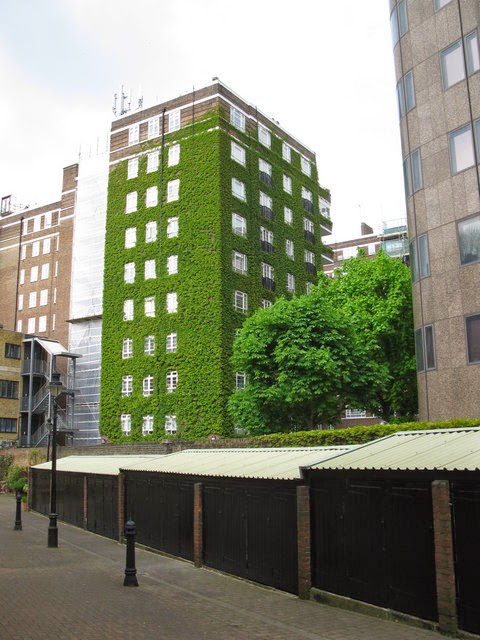Green Building Design Fundamentals (Part III - Subcontracts)

When it comes time to put shovel in the ground on most Green Building projects, the greatest challenge can sometimes be the execution of the contract and subcontracts according the the specified design. Knowing your contract documents and the language that governs the products, materials, and procedures to use can be overwhelming the first time around. Much like the development of a new building code ( See OBC 2012 ) Green Building standards can catch trade contractors off-guard, especially at the pricing stage. Innocent looking specs on a product may not be caught at the bid stage, and product availability and cost can create huge headaches for contractors pricing projects aggressively in today's competitive environment. Here are some tips to avoid common estimating errors on Green Building Projects: Check the General Requirements (Division 1) Just about every Green Building Project will make it very clear in Division 01 that there are special product selection pro...




